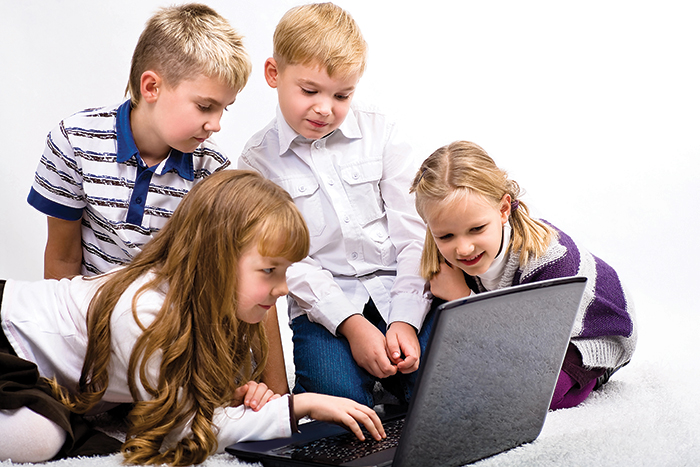
Erika Levavi
When one hears the word anxiety or thinks of an anxious child the thoughts that immediately come to mind may be crying, clingy, fearful children. What we rarely think of are behavioral, angry and frustrated children. I’d like to refer to these children as anxious, behavioral children whose behavior problems are stemming from their anxiety.
Anxiety comes in many different forms. The anxious, behavioral child may exhibit temper tantrums and angry outbursts that may seemingly come out of nowhere. The anxious, behavioral child may hit other children in school or throw their books. Teachers will naturally respond with behavior modification techniques such as sticker charts for good behavior and negative consequences such as time outs for bad behavior. Schools may specifically assign that child to “stricter” teachers in the future with the hope that firm teachers will keep those children’s behaviors in check. Ultimately, however, the root cause of the behaviors in these anxious, behavioral children gets overlooked and furthermore, many anxious, behavioral children will respond with more behavior problems when faced with rigid, authoritarian teachers. Therefore, it is essential to be able to recognize the signs of the anxious, behavioral child in order to support them properly.

With most forms of anxiety, there is a key component of a sense of insecurity. Children who externalize that sense of insecurity become fearful of things around them; they don’t trust that the environment around them is safe and will mostly exhibit fearful kinds of behaviors. In response, these children are met with reassurance and warmth in order to help calm their fears. In contrast, children who internalize insecurity, become insecure about their own competence in the face of challenges and as a result will often exhibit low frustration tolerance. Low frustration tolerance is an inability to sit with frustration. Anxious children who internalize their insecurity, are not confident in their ability to get through their frustration safely; they literally feel unsafe in the face of frustration. In response, as toddlers they may yell, scream, hit others or tantrum when they feel frustrated playing with a toy or trying to put on their shoes or pick up food with their fork. A child who should be having fun playing with their toys for example, will instead try to break their toys and possibly alienate other children by their “rough” playing. As they get older and are in classrooms, they may begin to feel frustrated when trying to complete a math problem or perhaps in anticipation of tomorrow’s math test. These children have developed insecure feelings about themselves and so they lash out at the world around them. In contrast to anxious, fearful children who are reassured and shown warmth in the face of fear, anxious, behavioral children are often met with rigid consequences and their feelings about their insecurities in themselves are often neglected.
Anxious, behavioral children need the same warmth, reassurance and encouragement that anxious, fearful children need; they need the same flexibility and understanding that anxious, fearful children need. Yet, they don’t get it. Parents of anxious, behavioral children may have a hard time advocating for their child properly since schools and teachers often have a hard time recognizing the signs of the anxious, behavioral child and schools and teachers may understandably, already be frustrated with the behavior problems exhibited by these children. Recognizing the signs of an anxious, behavioral child early is imperative in order to help boost their confidence in themselves and learn to believe in their ability to conquer their world successfully and unlock their full potential without fear.



